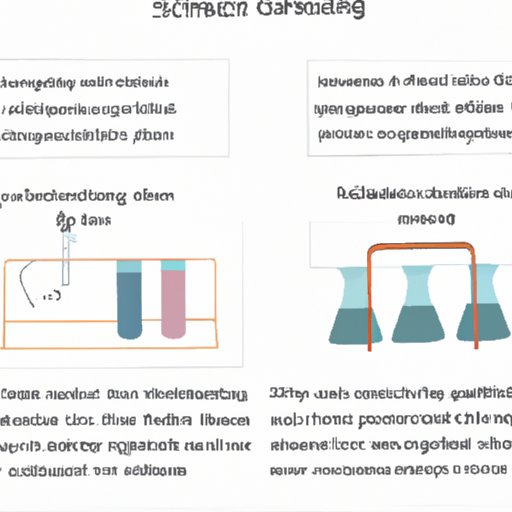Introduction
Doing a science project can be an exciting and rewarding way of learning about the scientific method and making a contribution to the world of science. The scientific method is a process that scientists use to answer questions by collecting data and then interpreting the results. By understanding the scientific method and using it in a science project, students gain valuable knowledge and experience that will help them throughout their academic and professional lives.
Choosing an Interesting Topic
The first step in any science project is to come up with an interesting topic. Brainstorming possible ideas is a great way to get started. Consider your interests, hobbies, and the things you find fascinating. Once you have some potential topics, do some research to find out what has already been done in that area and what new questions remain to be answered. This will help you narrow down your topic and determine a specific question that you want to answer through your project.
Step-by-Step Instructions
Once you have chosen a topic, you can begin to develop your project. You should start by forming a hypothesis, which is an educated guess about how things work or how two variables are related. After you have formulated your hypothesis, you need to design an experiment that will test it. When designing your experiment, make sure to consider all possible variables and ensure that you have a control group as well as experimental groups. Then, collect data from your experiment, analyze it, and draw conclusions based on your findings. Finally, create a presentation to showcase your project and share your results with others.
Popular Science Projects
If you’re stuck for ideas, there are many popular science projects that you can look to for inspiration. These projects have already been successfully completed and can provide a great starting point for your own project. Examples include building a model solar system, studying the lifecycle of a butterfly, or creating a simple electrical circuit. You can also modify existing projects to make them more interesting or challenging. For example, you could add an additional variable to an existing experiment or use different materials to construct a model.
Resources and Materials
Once you have decided on a project, you need to find the necessary resources and materials. This can involve researching online, checking out books from the library, or talking to experts in the field. It’s important to make sure that you have all the supplies you need before you start your project. If you’re having trouble finding what you need, ask your teacher or librarian for help. They may be able to point you in the right direction.
Conclusion
Doing a science project is a great way to learn about the scientific method and explore a topic that interests you. Start by brainstorming possible topics and researching them to narrow down your focus. Then, use the scientific method to develop a hypothesis, design an experiment, collect data, analyze results, and create a presentation. You can also look to popular science projects for inspiration, and don’t forget to find the necessary resources and materials. With a bit of dedication and hard work, you can create a successful science project that will help you learn and grow.
(Note: Is this article not meeting your expectations? Do you have knowledge or insights to share? Unlock new opportunities and expand your reach by joining our authors team. Click Registration to join us and share your expertise with our readers.)
